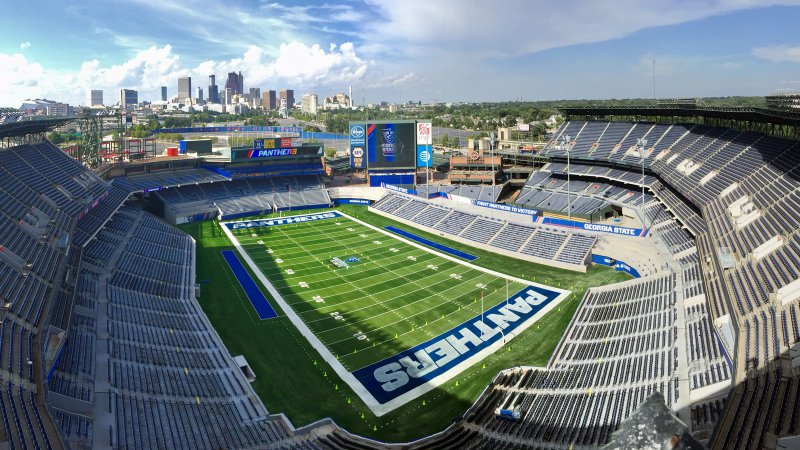Atlanta BeltLine’s Westside Trail: Open for Business?
My partner and I recently looked at a property on the newly-opened Westside Trail of the Atlanta BeltLine. This got me thinking about one of blogs I wrote last year, “The Atlanta BeltLine: Will the Westside Trail Match the Eastside Trail’s Success?”. In that blog, I suggested the expectation that the Westside Trail’s success would equal the Eastside Trail’s success was unrealistic. With the Westside Trail now open for six months, it’s a good time to consider what’s happening in the area and whether it’s a good place to invest. Westside Trail: A Description On its website, the Atlanta BeltLine describes itself as “a transportation and redevelopment initiative.” The Westside Trail, a $43 million project, is the largest section of the BeltLine yet—it runs from University Avenue between Oakland City and West End MARTA rail stations up to Washington Park, near the Ashby MARTA rail station. The Atlanta BeltLine sees












